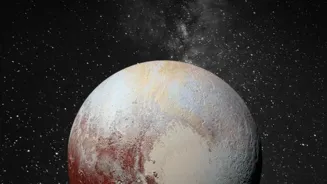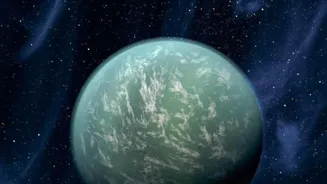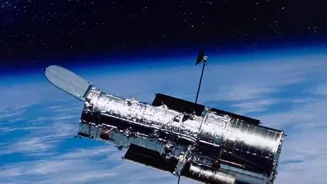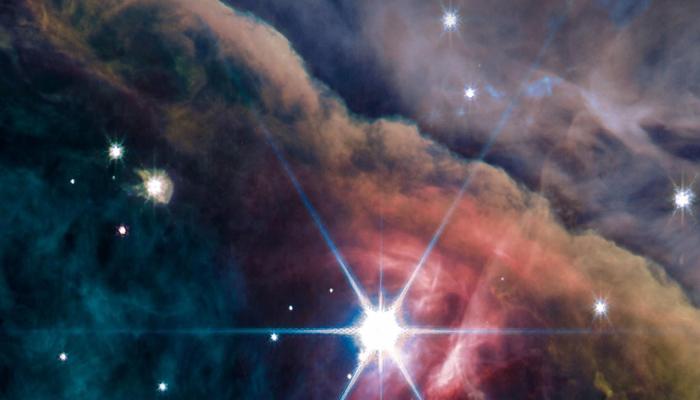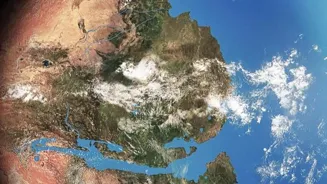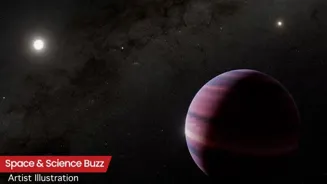Unveiling 10 Unique Features of Pluto: The Controversial Dwarf Planet - Explore the mysteries beyond its icy facade!
Pluto, ah! That chilly chappie at the edge of our solar system. Once hailed as the ninth
planet, then demoted to "dwarf planet" status, Pluto continues to fascinate and intrigue scientists and space enthusiasts alike.
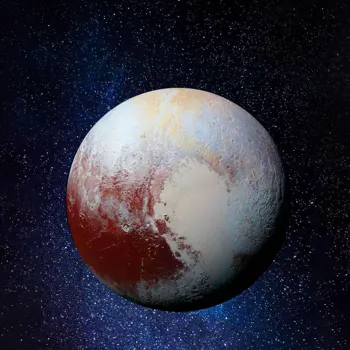
It's a real head-turner, bursting with surprises that challenge our understanding of planetary bodies. Forget everything you think you know, because Pluto is way more than just a frozen ball of ice.
This tiny celestial body holds secrets that unlock critical information about the formation of our solar system. Let's dive into the ten most unique features of this controversial dwarf planet, that make it such a unique subject to study.
Pluto's heart-shaped glacier, Sputnik Planitia, constantly churns due to unique composition and dynamic processes
Firstly, the heart of Pluto, literally! Sputnik Planitia, that massive, heart-shaped glacier spanning over 1,000 kilometers, is arguably Pluto's most iconic feature. What makes it unique is its composition: primarily nitrogen ice, mixed with smaller amounts of methane and carbon monoxide ice.
It's constantly churning and resurfacing, a dynamic process fueled by the slow radioactive decay in Pluto's core. The lower regions display convection cells, similar to boiling water. These cells, which are enormous in size, move about slowly.
These actions ensure that Sputnik Planitia always appear new. This is one of the reasons why Pluto keeps captivating scientists.
On Pluto, mountains of water ice suggest geological activity
Now, let us look at mountains made of water ice. Imagine climbing a mountain that is made purely of water. Well, on Pluto, you don't have to imagine. The dwarf planet boasts mountain ranges composed of water ice.
Unlike Earth, where mountains are typically made of rock, Pluto's frigid temperatures allow water ice to be as strong as rock. These mountains, some rising several kilometers, hint at widespread geological activity. Not only do we see water ice mountains, but we can see water flow as well.
Due to low temperature, water remains frozen. Even though it is cold, it is still fascinating to watch.
Pluto's unique atmosphere freezes and collapses, forming a comet-like tail
Third, let's talk atmosphere. Pluto stuns the scientists with a thin, hazy atmosphere, primarily composed of nitrogen, just like Earth. However, this atmosphere is incredibly sensitive to changes in temperature.
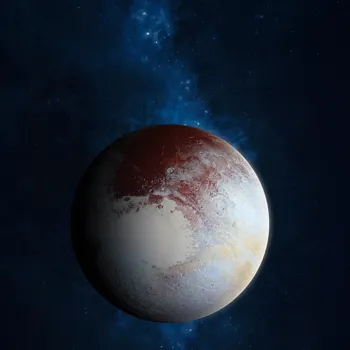
As Pluto moves further away from the sun in its elliptical orbit, its atmosphere freezes and collapses onto the surface, then sublimates back into gas as it draws closer. The atmospheric haze scatters the sunlight, creating a beautiful, diffused glow.
However, it is also unique because the atmosphere is gradually escaping into space. This escaping gas forms a tail, similar to that of a comet.
Then there’s the question of Pluto's moons. Pluto, despite its diminutive size, has five moons
Charon, Styx, Nix, Kerberos, and Hydra. What’s interesting is that Charon, the largest moon, is so big that Pluto and Charon actually orbit a common center of gravity located in space between them. This makes Pluto-Charon a binary system.
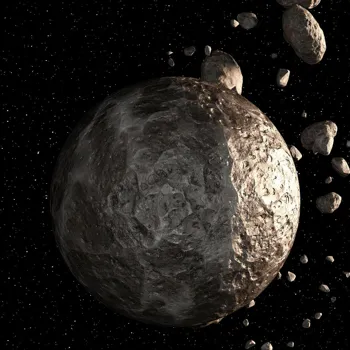
Plus, those smaller moons have weird shapes and chaotic rotations. Consider moon Hydra, who is rapidly spinning about. This phenomenon provides scientists with crucial clues about the complex past and evolution of Pluto's system.
Pluto's unique colors from tholins formed by methane interaction
Furthermore, the colour composition of Pluto is very unique. It is definitely not a boring, grey rock. Pluto displays a surprising range of colors, from reddish browns to pale yellows and even patches of black.
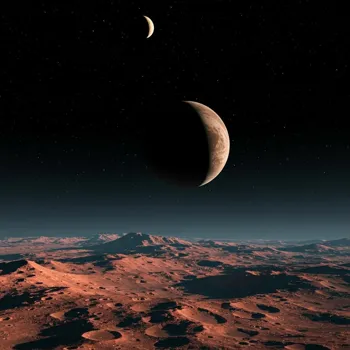
These color variations are caused by different organic molecules, called tholins, formed by the interaction of ultraviolet light and cosmic rays with methane on Pluto's surface. As different parts of the surface have different compositions of these molecules, the colours vary.
It's like a painter's palette scattered across its surface, making Pluto a visually stunning world.
Pluto's unique demotion to dwarf planet status
Finally, the most unique feature about Pluto is it's demotion. Even after its discovery, Pluto was debated as being a planet. Several scientist believed that it was not a planet because of it's small size and neighborhood.
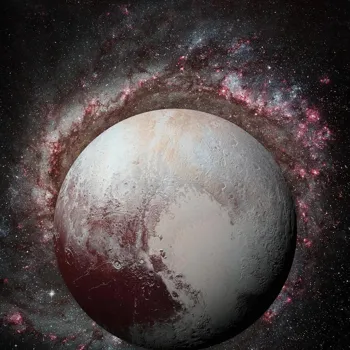
Later, based on the recommendations of the International Astronomical Union, the planet was demoted to dwarf planet. This action in itself is very unique, making it one of the more controversial dwarf planets.
AI Generated Content. Glance/InMobi shall have no liability for the content